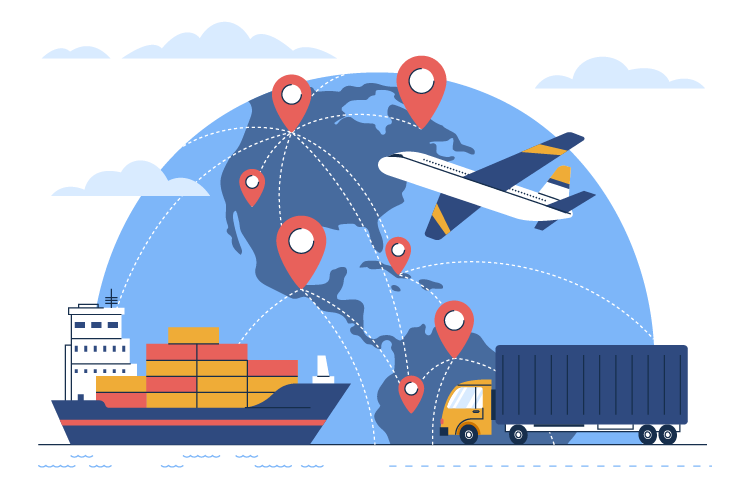
When They Need Help With Supply Chain Technology Architecture?
Do your supply chain systems talk to each other seamlessly? Do you have data siloes that require significant hijacking of the processes? Kano Andalan’s Supply Chain technology architecture expertise is designed to help companies when they struggle with these challenges.
Communication Issues Among Supply Chain Systems
The systems don’t talk to each other seamlessly. Significant efforts required in data translation among systems? Companies seek help from Kano Andalan when they might have communication issues among systems.
Automated Planning Not Seamless
The system-generated plan requiring additional effort to ensure sufficient supply? Low confidence among business users in the system-generated plans? Companies seek help from Kano Andalan when automated planning may not be seamless
Process Siloes
Do your departments feel like they are not connected? Are you on siloed systems with very little communication between different departments? Companies seek help from Kano Andalan when they might struggle with process siloes.
Data Siloes
Have several databases that don’t talk to each other? Do you have to compile the datasets to get cross-functional insights from the systems? Companies seek help from Kano Andalan when they might struggle with data siloes.
New Bolt-On For Each New Problem
Are your teams buying new bolt-ons for every new problem? Do you have too many bolt-ons in your architecture? Companies seek help from Kano Andalan when having too many bolt-ons cause significant process and operational issues.
No Defined Architecture Exists
Is your architecture not defined? Do you not understand why architecture is important for process and operational consistency? Companies seek help from Kano Andalan when they might not have a defined architecture.
OUR METHOD
Our Methodology For Supply Chain Technology Architecture
The process starts with an assessment that helps build the as-is and to-be process models, along with the identification of any systems that need to be replaced. Followed by business and technical analysis, including changes in processes, data, or systems.
Step 1: Assessment
This phase starts with the as-is and to-be analysis of the supply chain processes, current & future. It also analyzes current supply chain systems and architecture, as well as changes to the processes, master data, and integration points.
Step 2: Requirements Matrix And Business Process Analysis
This phase captures requirements in the as-is and to-be process models. It also identifies the critical success factors that will drive the RFP and vendor demonstrations (if a new supply chain solution needs to be implemented). If the changes are only related to the process and data, then the change analysis is performed, including designing workflows for each stakeholder impacted.
Step 3: Solution Matrix Development And Technical Analysis
This phase takes a much deeper dive into business processes from the technical standpoint, including evaluating over 200 supply chain systems against critical success factors. The solution matrix is continuously revised while aligning the expectations of all stakeholders as the process advances. This phase also performs technical analysis of workflows, mappings, and integration points.
